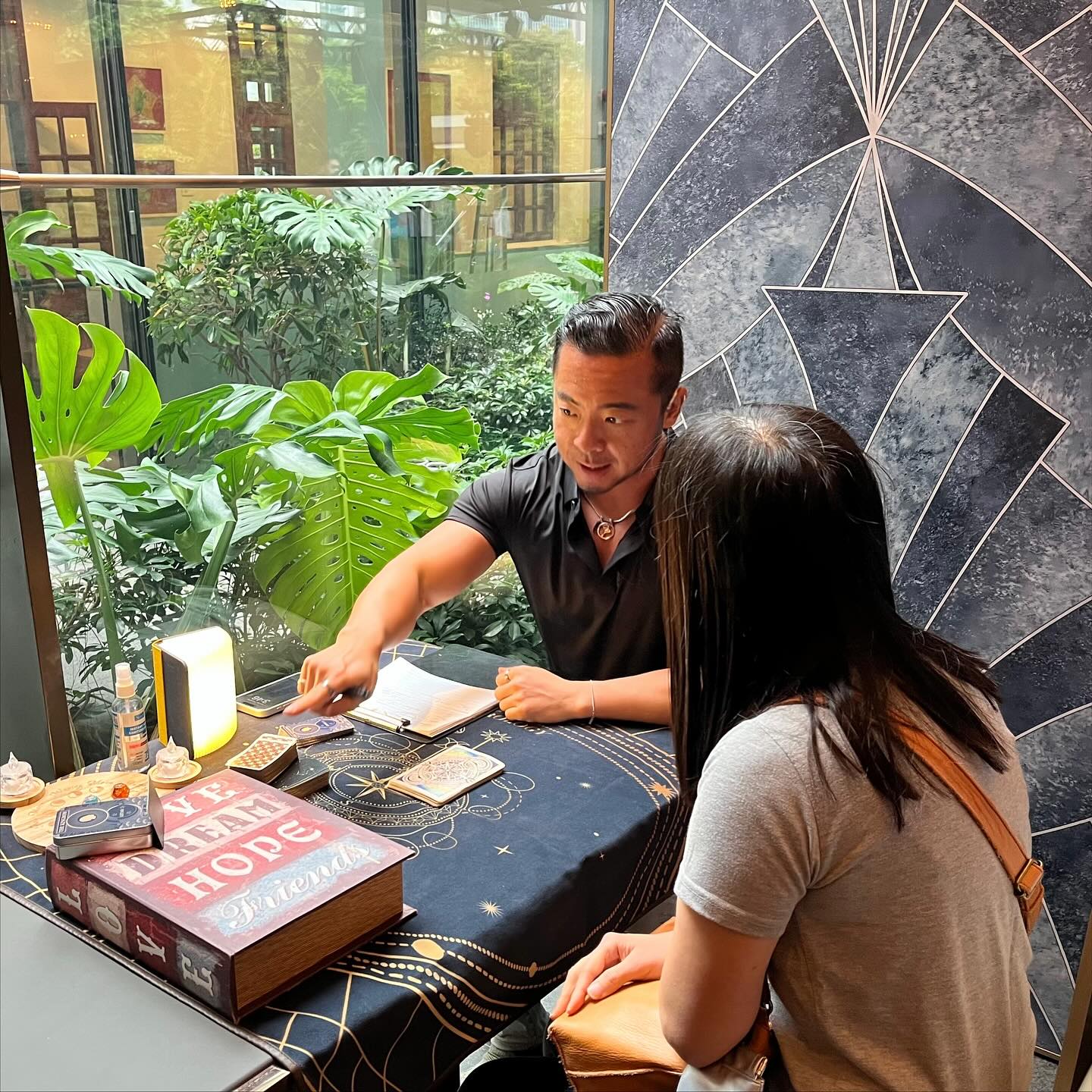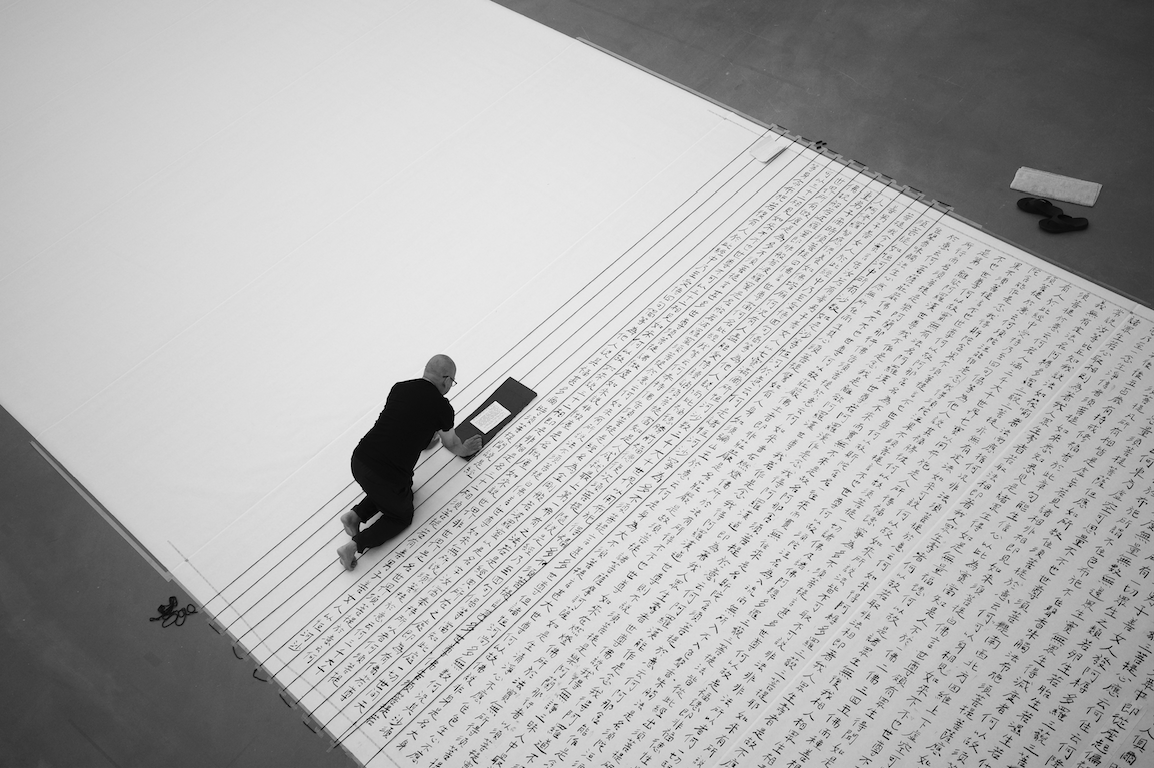Multidisciplinary designer Oscar Wang teamed up with Daniel Arsham on a cross-cultural project that has been exhibited at Design Miami Shanghai and in Hong Kong. Wang speaks to Zaneta Cheng about blending traditional craftsmanship with contemporary hype and why he thinks that’s the key to celebrating his culture’s roots
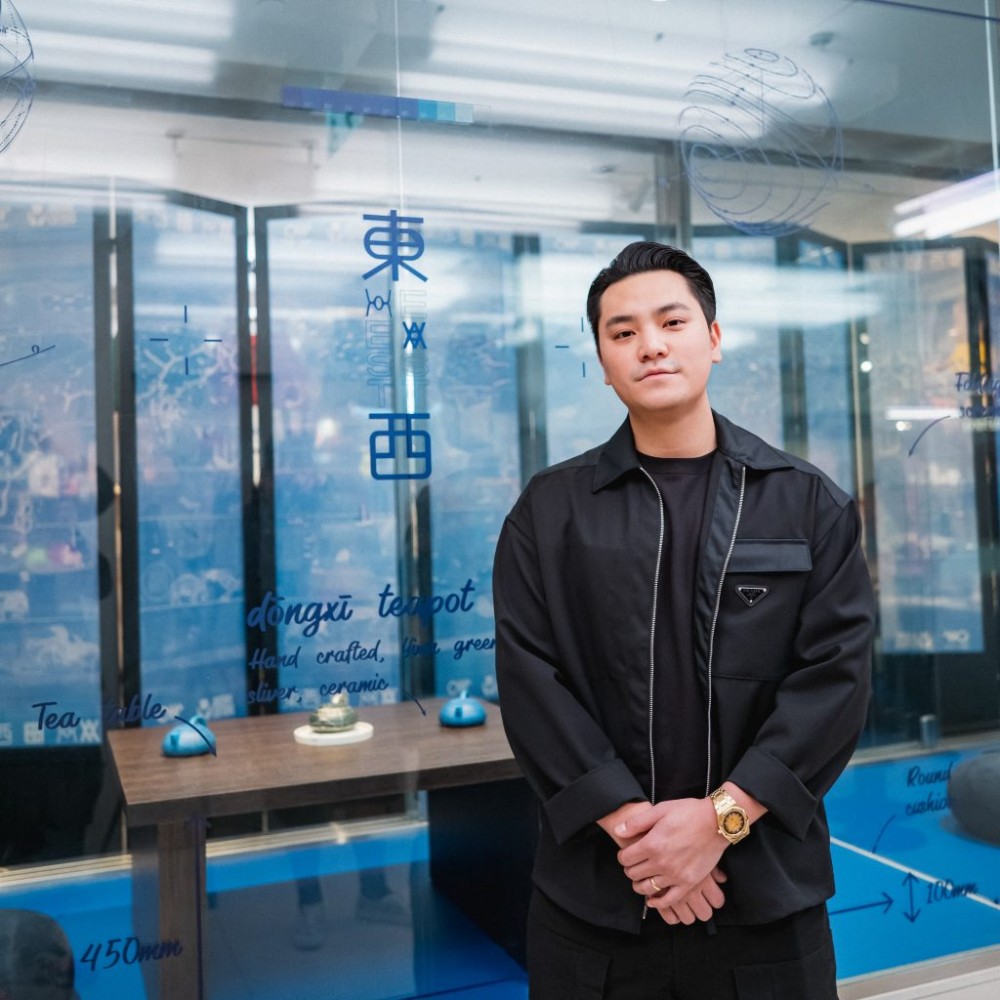
Since we last spoke to Shanghai-based Hong Kong entrepreneur, multidisciplinary designer and serial collaborator Oscar Wang, he’s started his own fashion label Earthling, launched design studio Open Works and worked with Stella McCartney on animal-inspired AirPods in addition to his long-running design relationship with Fendi.
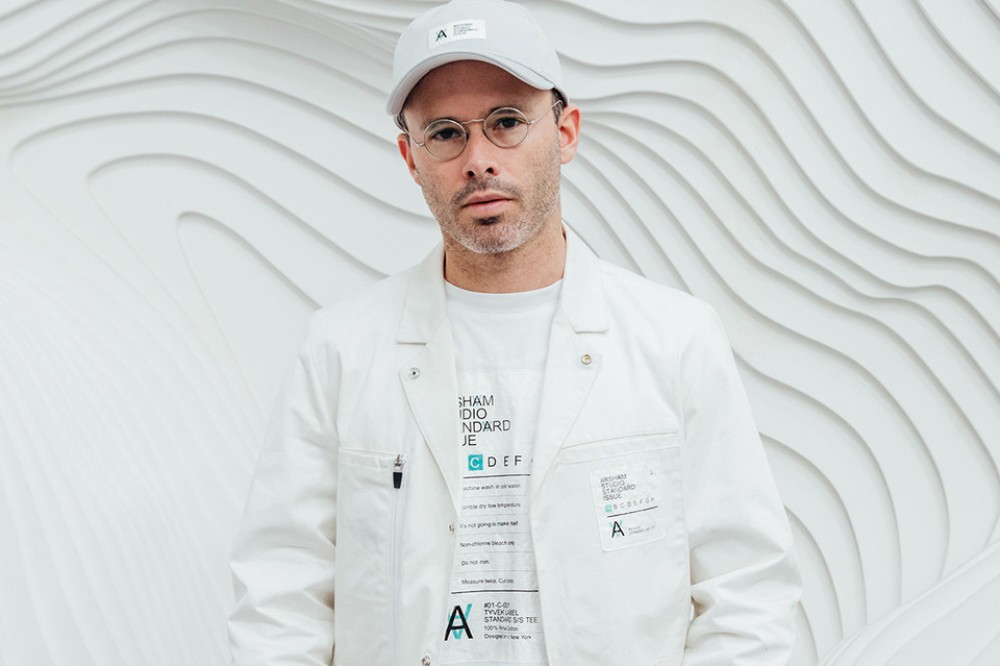
This Art Basel saw Wang come back to Hong Kong with a completely new project – East West – an exhibition created in collaboration with American artist Daniel Arsham. Called dong xi in Chinese, the title plays on double entendre, meaning both “East West” and “object”. The project sees a limited production run of 100 green teapots made from rare Yixing zhisha clay, and 1,000 blue teapots made also of Yixing clay, which has been coloured with natural minerals. The clay is only found in Jiangsu, a province in southern China which is renowned for making teapots.

But while the teapots are made to the exacting standards of traditional craft, Wang and Arsham have transformed traditional glazing to a sleek contemporary design replete with circular lines and Chinese calligraphy, all of which Wang explains is a way to communicate the art of traditional teapot making to the wider world. While the flat lines demarcate the perimeter of the object, the circular lines, to Wang, form something akin to the infinity symbol, representing an infinite cycle of ideas being exchanged between East and West. Of course, such a hype-worthy collaboration comes with merch for the younger demographic who might not (yet) be tea drinkers but might want a piece of the collab via “tea shirts” and tote-style dong xi “tea bags” .
How did this project with Daniel come about?
We initially met through a live streaming session for UCCA Center for Contemporary Art because they were launching his book and they wanted to invite someone from Asia to be on the talk as well, to discuss creative narrative. I guess I was chosen because I had an interesting blend of knowledge on design and creativity. Then, shortly after, their team was looking for someone to collaborate with and I was suggested because I had just been a part of this stream session. So we jumped on another Zoom call and started discussing and brainstorming ideas.
Also see: Bearbrick founder Tatsuhiko Akashi takes his creation on a global tour
What did those brainstorming sessions look like? How did you guys bounce ideas around and arrive
at this East West concept?
We were looking to see what we could work on together as a collaborative project and I thought of the East and the West. Then I thought of the play on words and told him about this concept and he said, ‘This is great, this is what it is’. And so the work grew from this concept, this blueprint. I think the concept of the East and West is commonly done but not in the culture, in this kind of way, so we thought this is a cool concept and that’s how the blueprint came up.
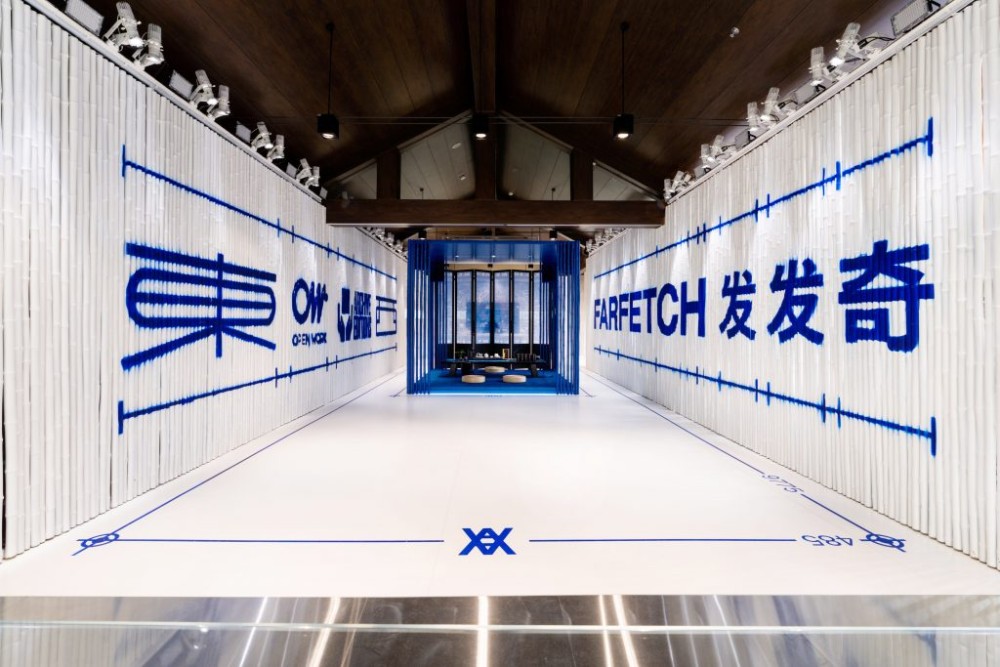
So it’s laying the blueprint for East and West fusion in a more contemporary hype space?
Yeah, we want to be the first to pave the way for young, talented creatives to come together and discuss cultural concepts. And, of course, we use traditional craftsmanship blended with hype.
Which are quite diametrically opposite from one another. How did you come to the conclusion to create the teapot? Are you a tea guy?
I think tea is a good sociable activity to do with friends because in many places people grab tea the same way they go grab coffee.
What’s your tea of choice?
I like pu’er.
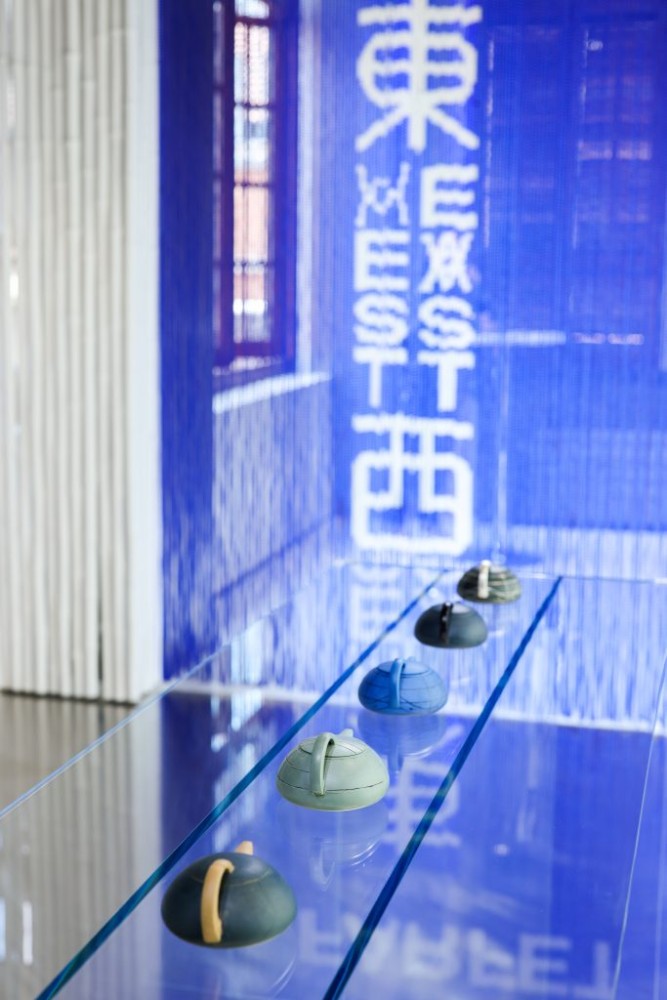
So you settled on the teapot. But at Design Miami and at the pavilion that you guys created in Shanghai, there was a lot more around the teapot concept – like obviously, the blueprint on the floor and the teapot design itself as well as the bamboo screens. Can you explain how you grew the idea and how that translated into what you ultimately showed us?
The design I wanted to showcase is the blueprint concept. It’s actually a technical, dummy’s way to explain the teapot – which is to put a manual on the product itself. I thought that this is the easiest way to help people understand the teapot better because there’s actually technical terms for every part of the teapot, right?
I didn’t know that.
Yeah, so on the teapot, you’ll see the kou, which is the word for handle and niu which is the word for lid and yao – so all these all these different parts are written and labelled in beautiful Chinese calligraphy and then merged with the lines, which is actually the diameter of the pot itself. It’s the same with the space. In Shanghai, when we did the design, we had the dimensions of the length of the space. It’s visually appealing and it’s also interesting information. People who don’t latch on to the idea immediately will engage and have a think about it, which is cool as well. That’s why I did it. Having the manual on the product itself might be the easiest way of transmitting all that knowledge and education across.
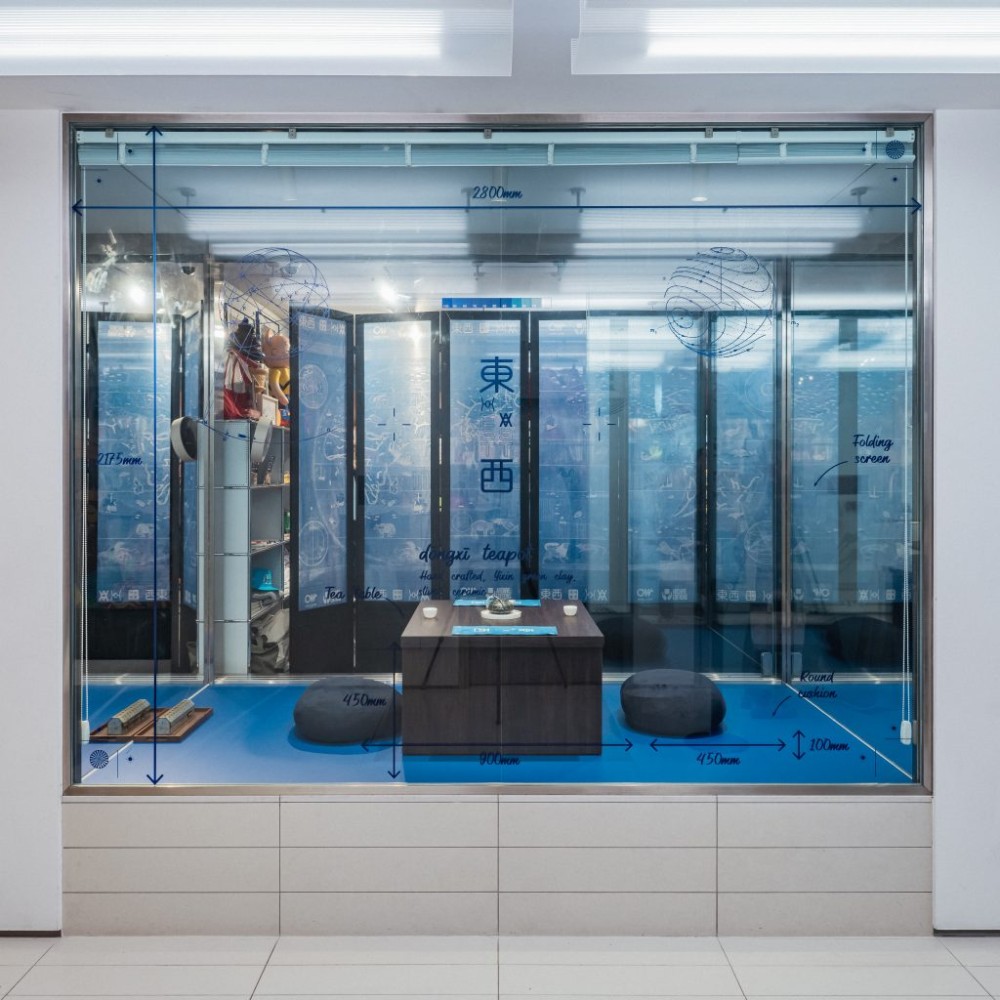
This project also saw you becoming a tea master and pouring tea. Was the tea demonstration for fun, or was there a performative aspect to it?
It’s a bit of a performance because when I was pouring tea, I was originally just pouring for my friends who were visiting the tea house. So when they were in the pavilion I built, it was meant to just be a cool hangout.
Originally I just thought we’d have one tea pourer and two guests, but what started happening was that people started hovering over and would ask for a cup of tea. So I was like, yes, please take a tea. Then you start having seven, eight, nine people always waiting and chilling and just having tea. Then it turned into just me serving and making tea over and over again because tea runs out so quickly.

So on one hand it seems like a performance and it’s definitely one way for me to showcase the product. But it became an opportunity to take a moment and get everyone together, have them put their phones down and just chill and talk to each other – and you meet some really interesting people. I met so many new friends from Shanghai and connected with people all around China.
Some people were just visiting Shanghai and happened upon the installation and didn’t know about Daniel or who I was but were really intrigued about the whole thing. And some of them were real tea collectors – teapot collectors – so they were interested to see how I broke the traditional perception of tea sets.

Which brings me to the question of how you decided to make this otherwise quite disruptive teapot out of Yixing zhisha clay, which is a special traditional green clay found in Jiangsu, an area known for making teapots?
I was visiting Yixing with a friend. We were just going there for a weekend because he’s from Yixing and he loves drinking tea. So he really took me around Yixing and showed me what tea is about and what the culture is like there. All the young kids are pouring tea and they all have their own cool spots that they hang out at. They’re like huge teapot collectors and some are pot makers and up-and-coming craftsmen.
It was a totally different world for me, which I really appreciated because I got to learn a lot more about traditional culture and how it’s just missing a driver in the international arena to push and make traditional craftsmanship a trendy, cool, collectible thing. And we have the history to back it because we’ve been doing this for a thousand years, right? And we’re the only ones that really know how to make it and to perfect it so we ought to utilise our heritage to make it cool and acceptable by everyone in the world. That’s kind of what I want to continue pushing.
Also see: #exclusive: Hennessy collaborates with Kim Jones on sneakers and spirits



